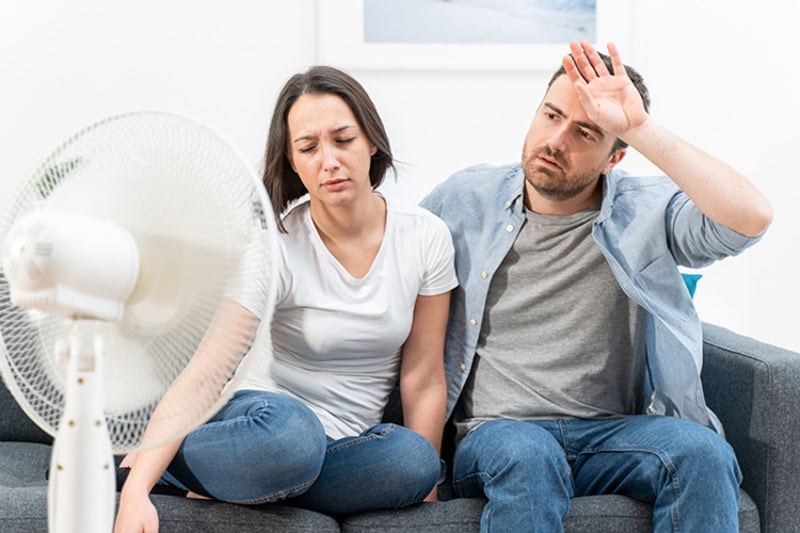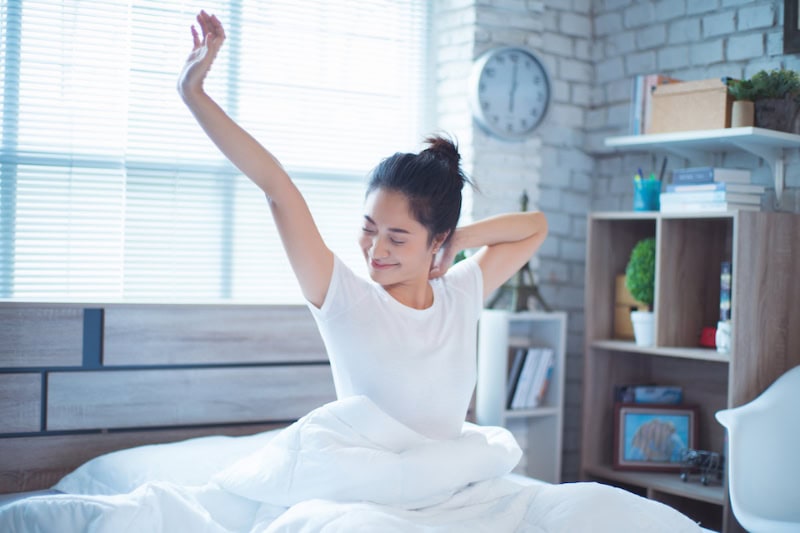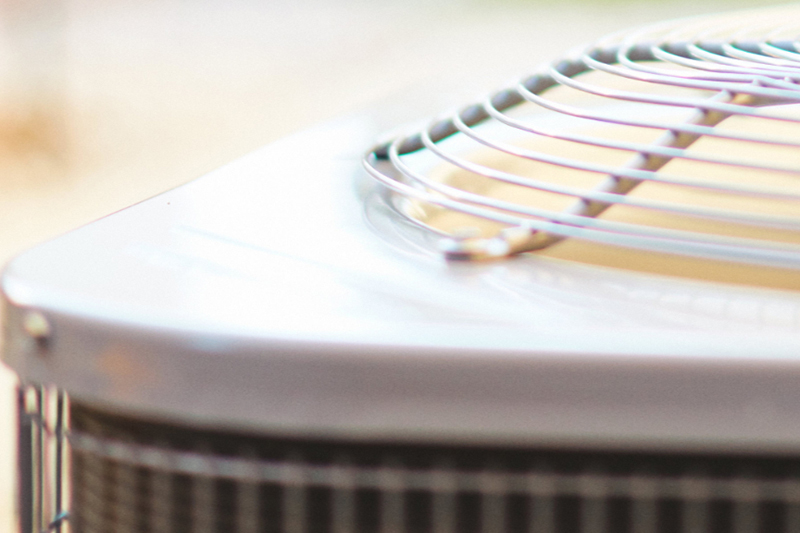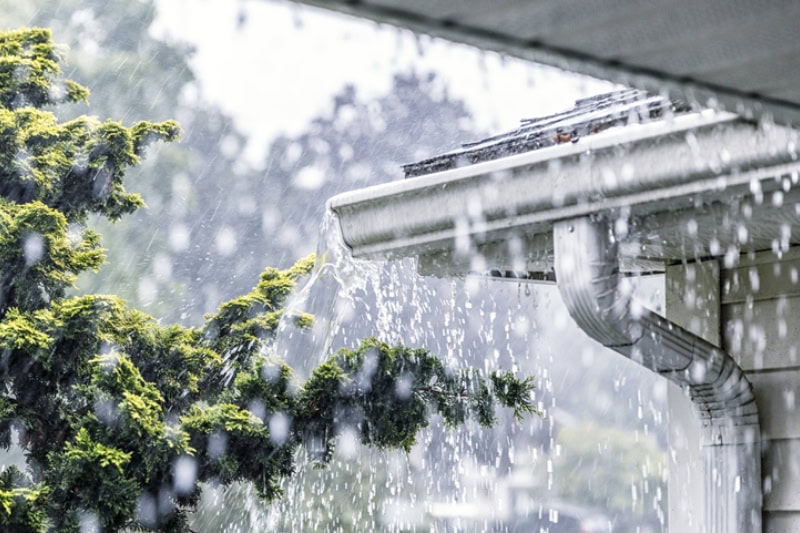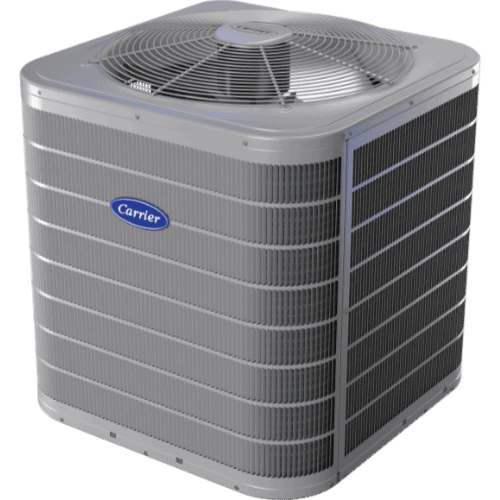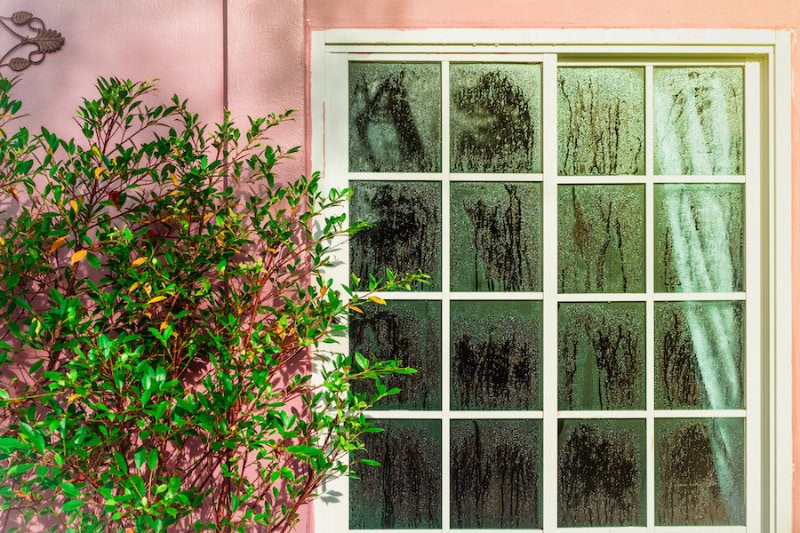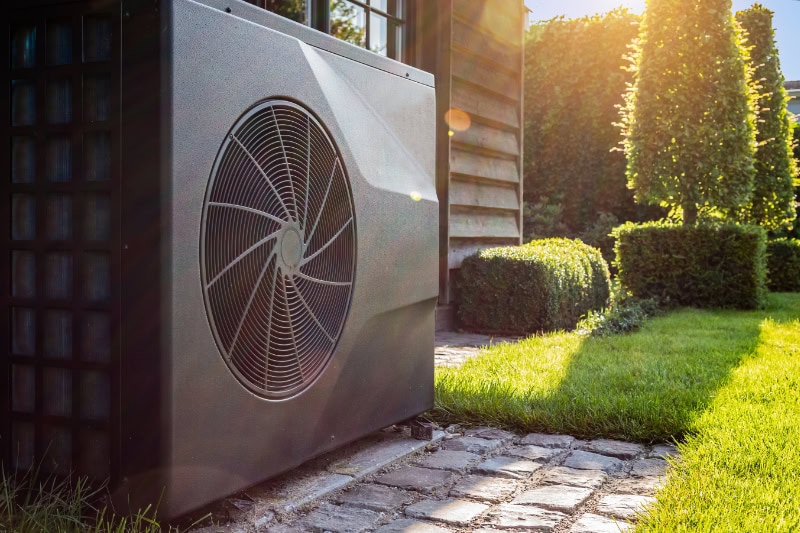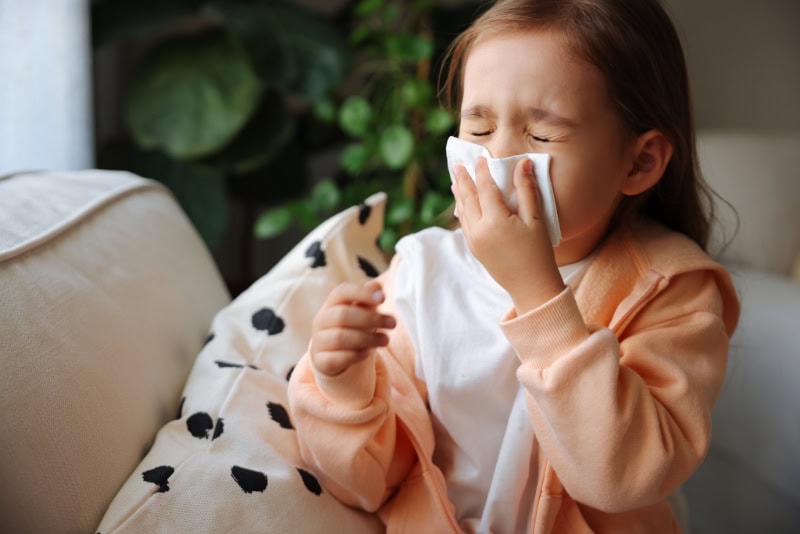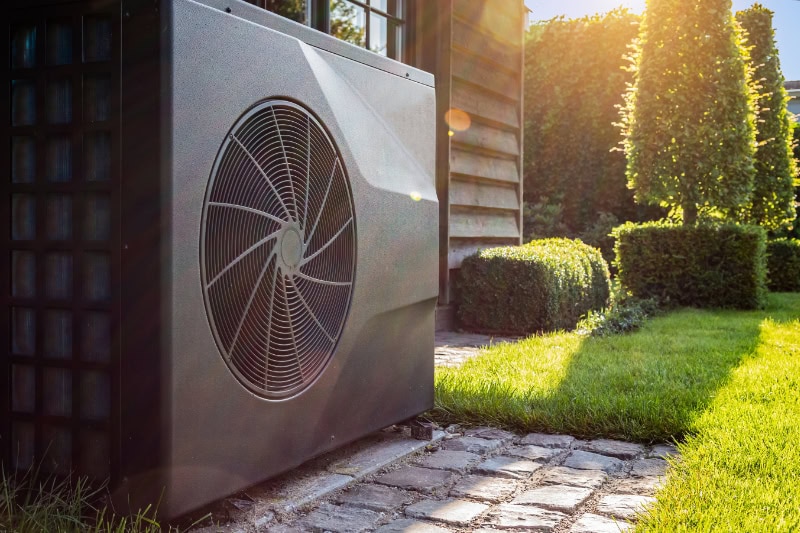News
It’s a hot day outdoors, and you are inside your Brookfield home waiting for your air conditioning (AC) system to kick into full gear.
Continue ReadingAlthough the U.S Centers for Disease Control recommends adults sleep seven or more hours per night, one in three adults say they log fewer hours.
Continue ReadingChoosing the right heating, ventilation, and air conditioning (HVAC) system for your Brookfield, home is crucial to ensure comfort, energy efficiency, and cost-effectiveness.
Continue ReadingWe specialize in heating, ventilation, and air conditioning (HVAC) systems that add value to your home and enjoyment to your lives.
Continue ReadingIf you’re a homeowner in Brookfield, WI, or the surrounding Milwaukee area, Gross Heating & Air Conditioning is proud to offer the Carrier Infinity® System. Carrier’s Most advanced home comfort solution. This system is designed to deliver exceptional energy efficiency, precise climate control, and healthier indoor air, all while providing intuitive smart home integration.
Continue ReadingIf you’ve lived here for any length of time, you’re well aware of the battle we wage against moisture in the air, especially during those brutal months from July to September. We call this time of the year “the sweating season.”
Continue ReadingYour HVAC equipment is on its last legs. You need to replace your furnace and AC, and you are thinking about swapping them out with a heat pump.
Continue ReadingEveryone has it, and nobody wants it: dust. It might seem like a minor nuisance, but in reality, dust is no laughing matter, no matter the setting.
Continue ReadingTired of sky-high gas bills or uneven temperatures in your Brookfield, home? A heat pump could be the perfect solution for year-round comfort and significant energy savings.
Continue ReadingIf your furnace is producing a strange smell, you should always treat it with caution. While the cause for the odor may be benign, it could just as easily be harmful to inhale. When in doubt, always open windows to ensure ventilation, and evacuate your Brookfield home.
Continue Reading
